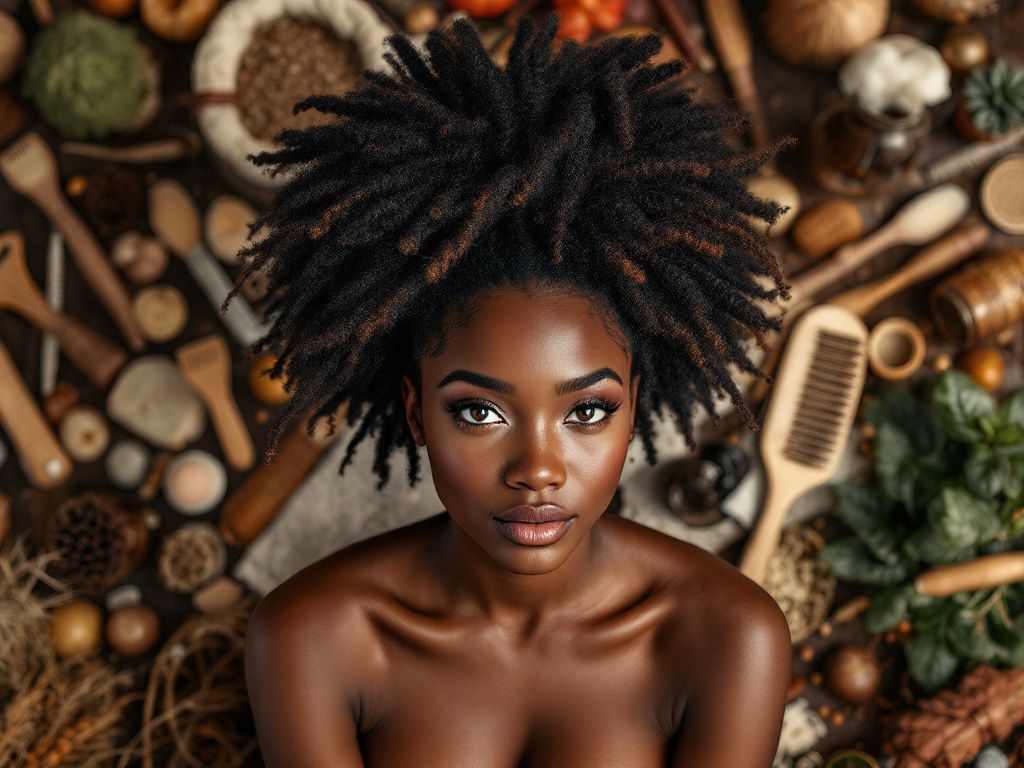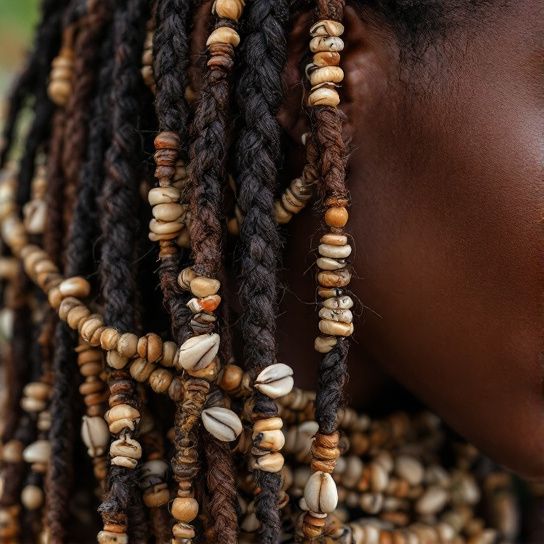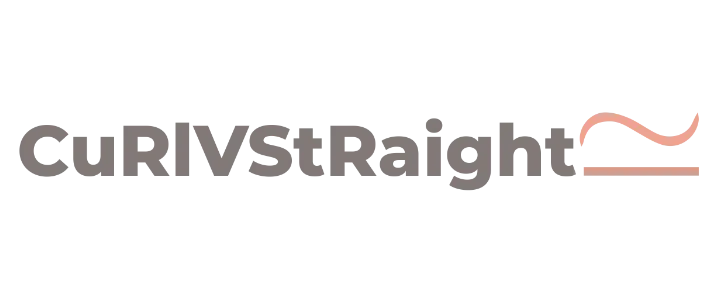
Introduction: Weaving A Story Through Strands
When it comes to cultural exploration, hair—is by no means a superficial subject. 🌍 For countless generations, hair has served as a medium for expressing identity, passing down traditions, and bridging generational gaps. This element of our bodies we carry daily is intricately woven with narratives, rituals, and symbols that reach deep into our cultural roots. In this guide, we delve into the world of cultural hair practices and traditional hair care— exploring how these rituals connect us to our ancestral roots and shed light on societal evolution.
Crafting Connections: The Cultural Significance of Hair
Hair isn’t just about aesthetics; it is a powerful symbol and communicator. Across cultures, hair embodies identity, social status, spirituality, and individual expression. From the symbolically shorn heads of Buddhist monks 📿 to the intricate braids of African heritage styles, the way individuals and groups style hair conveys deep meanings.
To understand this connection, we need to explore how cultural hair practices have evolved and what they signify in the epochs of different civilizations.
Sections
The Biology and Physics of Hair: Understanding Our Canvas
Hair is primarily composed of keratin, a robust protein that dictates the hair’s health, strength, and elasticity. Each person’s hair contains unique characteristics owing to factors like genetics, environment, and diet. While the technical aspects can get complex, a close examination reveals four major types of hair across all demographics: straight, wavy, curly, and coily.
Technical Insight

Understanding these categories:
- Straight Hair (Type 1): Characterized by its smoothness and sheen due to its moisture-retaining abilities.
- Wavy Hair (Type 2): Offers volume and bounce, reflecting light with its structured flow.
- Curly Hair (Type 3): Known for its definite spirals and higher chances of dryness due to its open cuticles.
- Coily Hair (Type 4): Has tight coils, offering versatility but requiring regular nourishment to prevent brittleness.
Each type influences cultural hairstyling possibilities and requirements, laying a literal and metaphorical foundation for exploration.
Hair as Heritage: Preserving Practices Across the Globe
African Hair Culture: The Roots Run Deep
African hair culture embodies complexity and sophistication. Hair braiding, a time-honored practice dating back even to 3500 BCE, is not only artistic but a narrative instrument. Ancient sculptures from Nigeria show evidence of these styles molded into terracotta 🏺, highlighting their cultural prominence. The use of cornrows, for instance, wasn’t simply fashion but indicative of tribal affiliation, age, marital status, and even conveyers of messages.
**Case Study: The Himba Tribe**
The Himba women of Namibia use a clay mixture called “otjize,” mixing butter, fat, and red ochre to cover their hair, an emblem of the earth’s richness, symbolizing fertility and rich ancestral heritage. Anthropological studies indicate this ritual isn’t purely aesthetic. It shields against harsh climates and involuntarily retains cultural mores for future generations.
Indigenous North American Narratives
For many Indigenous cultures across North America, long hair symbolizes a direct connection to Mother Earth. Hair cutting, performed mainly during grieving periods, acts as a powerful ritual symbolizing life transitions. 🌒 In Native American tribes, the texture and appearance of hair—as if unbroken strands of wisdom—are considered a testament to resilience and cultural continuity.
In 2013, the Wisconsin-based Lac Courte Oreilles Band of Lake Superior Chippewa Indians introduced annual “Longest Hair Contest” ceremonies. Designed to encourage cultural pride, it empowers participants to share familial lineages and traditions unapologetically.
Asian Hair Traditions: Symbols of Balancing Dualities

In ancient China, hairstyling was reflective of age, marital status, and virtue. The significance lay in the notion of Yin and Yang— harmonizing external appearances with internal spirits through elaborative hairstyles. A prevailing practice, hairsticks not only accessorized but differentiated social stratums.
Tools and Techniques: The Global Artifacts of Hair Custodianship
Beyond personal symbiosis with their hair, cultural groups innovate a panorama of tools and techniques to cater to their hair’s heritage and texture.
Combs as Cultural Conduits
Each tool tells a story:
- Afro Combs: Also known as “Afro picks,” these are considered artifacts in the African Diaspora. Their raised fist designs stand as symbols of unity and resistance—a remnant of black power movements in the 1960s.
- Indigenous Combs: Carved from bone or wood, often addressed as keepsakes suitable for lineage passages.
A comprehensive report from the International Journal of Cultural Studies 📚 examined how certain hair tools become cherished heirlooms—passed and preserved across eons.
Science Meets Tradition: Modern Standards in Traditional Hair Care
Alongside cultural imprints, recent advances in trichology (the study of scalp and hair health) have offered insights tailored to support these traditional methods with modern iterations. Aligning with industry standards, regulatory practices, and innovative formulations optimize heritage styles in contemporary lifestyles.
European Standards in Hair Health

Current European standards by industries such as European Commission have pioneered regulations for safe hair product development aligned with diversity principles in practice. Technologies that replicate protective mechanisms from traditional argan oils 🌰 or castor oils underpin personalized regimens, reinforcing ancestral methodologies.
Bridging Knowledge with Practice
Marrying traditions with modern innovation can halt hair damage—a tangible endeavor. Here’s how professional advice implements knowledge into practice canvasing:
- Tactical Moisturizing: For textured hair, employing arm-free shampoos and conditioners guarantees moisture preservation. Adopting prenatural butter infusions emulates genetic specificities of yore. 💧
- Precision in Application: Feathering moisturizers and oils from scalp to tip enhances nutrient permeation—modern scientific acknowledgment of generational applications involving massages.
Professional Perspectives and Testimonials
A growing number of hair care exhibit innovations through informed choices. Jamal Moss, an award-winning hairstylist, advocates “Respecting the hair allows you to engage respectfully with its personality—a mindful meditation inaccessible otherwise.”
Conclusion: Strands that Tie Us All Together
In exploring cultural hair practices and traditional hair care, it’s pivotal to perceive our adornments as a living mosaic of anthropology. The way communities honor these rituals cultivates new generations—uniting the past with present interpretations, unlocking sustainable paths ahead. In the syllabary of hair, connection isn’t merely an abstraction—it’s an intricate, colorful dialogue threading each individual to humanity’s grander tapestry. 🌟
Ultimately, embracing these rich legacies permits us—and future custodians—to delineate timeless bonds intricately packaged within the crown we proudly present. As a ribbon twining epochs with every light-touch, we’re intertwined with hope, pride, and exhilarating diversities holding sacred narratives of the people they touch and tradition steadfast in time through each strand.
**References:**
Access primary sources and discursive assessments through selected journals and periodicals reserved within the remit of cultural studies and hair sciences. Kindly verify elements emphasized across accredited multiples cross-referencing tessellated world insights.
Frequently Asked Questions
What are the benefits of using a hair mask in my hair care routine?
Using a hair mask can provide several benefits, including hydration, smoothing, strengthening, curl definition, heat protection, and damage repair. Hair masks infuse the hair with moisture, help coat the hair shaft to seal split ends, reduce breakage, and protect the hair from heat styling and environmental damage[1][4].
What ingredients should I look for in a hair mask?
Effective hair masks often include ingredients such as coconut oil, argan oil, shea butter, honey, avocado oil, green tea, and coconut water. These ingredients provide nourishment, moisturize, and protect the hair, offering benefits like softening, moisturizing, and protecting against damage[2][5].
How often should I use a hair mask in my routine?
You should use a hair mask whenever your hair feels dry, unmanageable, or in need of intense hydration. This can vary depending on your hair type and needs, but generally, using a hair mask once or twice a week can help maintain healthy and moisturized hair[1][4].
How do I apply a hair mask for the best results?
To apply a hair mask effectively, shampoo your hair first, then apply the mask, focusing especially on the ends where hair tends to be the most damaged. Leave the mask on for anywhere from 10 minutes to overnight, depending on the type of mask and your hair’s needs[1][4].
References


Leave a Reply